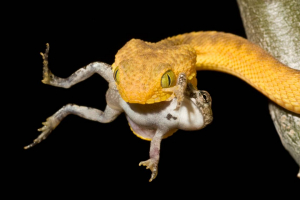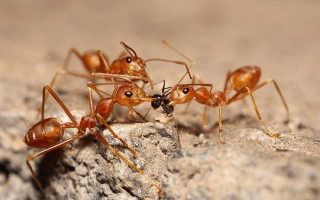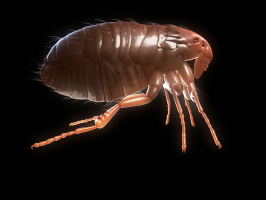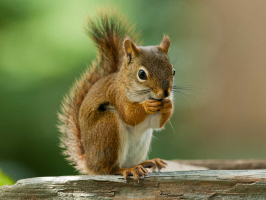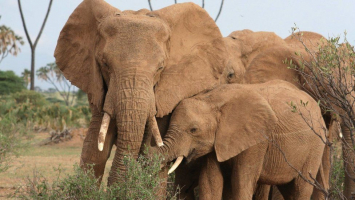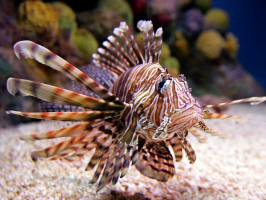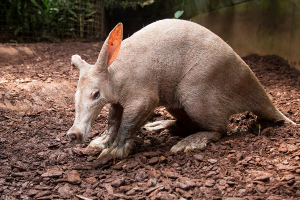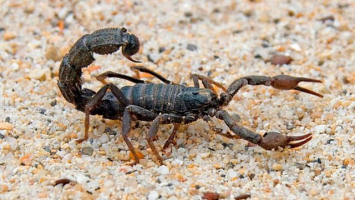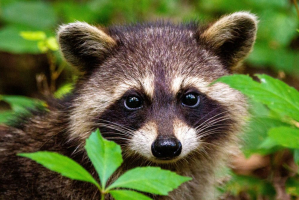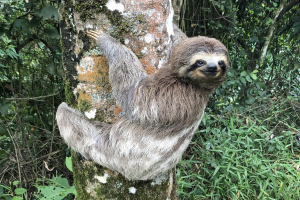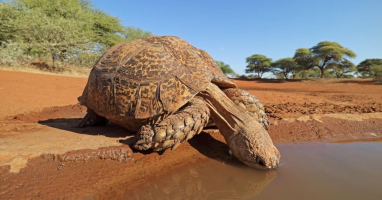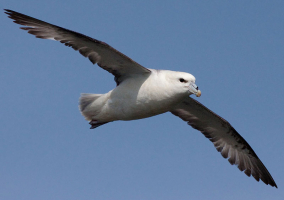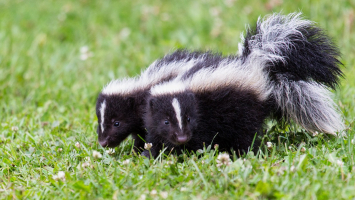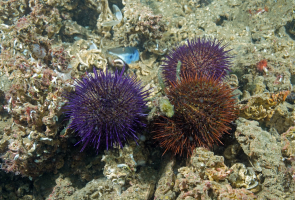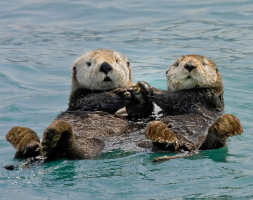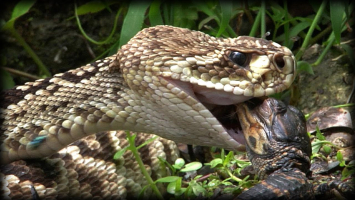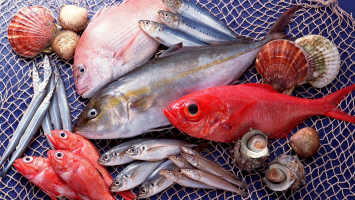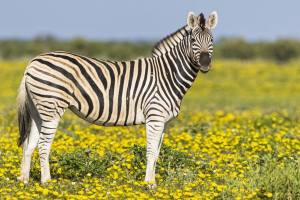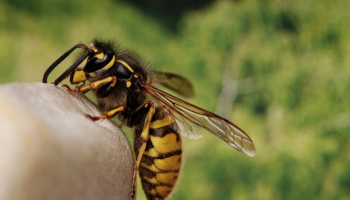Top 6 Predators of Groundhogs that Eat Groundhogs
The groundhog belongs to the Sciuridae family of rodents, which also includes the woodchuck and mouse bear. This hairy animal is a member of the giant ground ... read more...squirrel family. Due to the loud whistling noises they make when threatened, they are sometimes frequently referred to as "whistle pigs." Despite being well-known, groundhogs are still prey animals that can attack. They occasionally lose some of the safety provided by their burrows and become prey to some of these creatures. Here are some predators of groundhogs that eat groundhogs you can read below!
-
First of all, one of the predators of groundhogs that eat groundhogs is foxes. Foxes are cunning creatures because they consume a variety of both plant- and animal-based foods. Groundhogs are among the smaller animals in the latter. Although they are known to be active at other times of the day as well, these predators with rusty red coats prefer to hunt during dawn and dusk.
In this case, the groundhog does have one clear advantage, and that is its capacity for burrowing. The fox cannot access the groundhog's burrow, which it can dig swiftly. Even though it is cunning and devious, the fox has incredible hearing and makes for an excellent listener. When they hear movement above ground, they will begin excavating in the direction of their prey. Fox attacks are possible on any groundhog since they frequently only wait for a chance to strike, stalk their prey, then pounce.
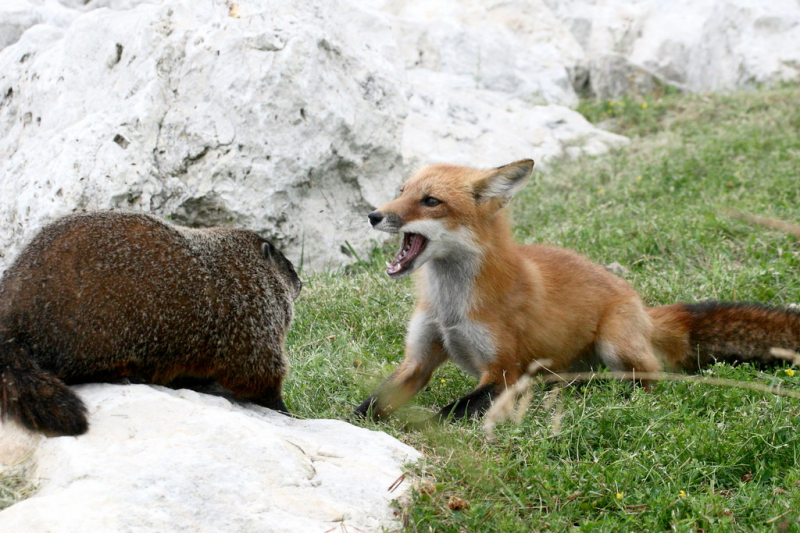
Photo: https://www.flickr.com/ Source: https://www.youtube.com/ -
This nocturnal animal can weigh anywhere from 11 to 30 pounds on average, is not at all similar to the fox, but is more dangerous and enormous. Although they do like the groundhog, the bobcat is more than capable of taking on far stronger opponents.
They are opportunistic hunters since they will also linger in the underbrush until the ideal moment to attack. Among their many sharp skills are the capacity for observation and listening. Once their victim is located, they intently trail and follow them while they wait for the ideal opportunity to attack. The bobcat will seize the chance when it arises at that point.
The bobcat is not renowned for immediately devouring the entire carcass. Perhaps it simply ate a small meal and recognized an opening. Perhaps it wasn't all that hungry. Or perhaps he became frightened. Whatever the circumstance, it's common knowledge that the bobcat will hide a portion of his catch before returning later to finish the meal. It will bury it in the available materials like leaves, grass, snow, etc.
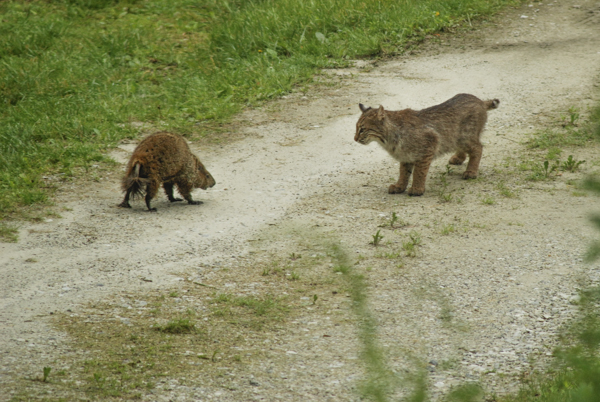
Photo: https://natureformysoul.com/ Source: https://www.youtube.com/ -
The wolves are one of the predators of groundhogs that eat groundhogs. The wolves are right there in the same group as the foxes and bobcats. These well-known predators have a prodigious inherent aptitude to profit when it counts.
There are, however, several myths floating around regarding the wolf's diet. The fact that they are solely carnivores is one of them. This is not the case. These well-known groundhog predators are primarily thought of as carnivores, however, they will occasionally incorporate additional plant-based items into their diet.
Naturally, they enjoy hunting and the warm taste of blood on their tongues, so whenever an opportunity arises, they'll seize it. When the weather is warm, that is when they prefer to hunt groundhogs.
Wolves will typically be hunting for numerous small games in the spring. By the time summer rolls around, wolves will be busy hunting a variety of small and other creatures. Wolves are bigger and stronger than groundhogs, thus they will always be in the lead. Additionally, the fact that wolves are rarely solitary gives the poor tiny groundhog no chance.
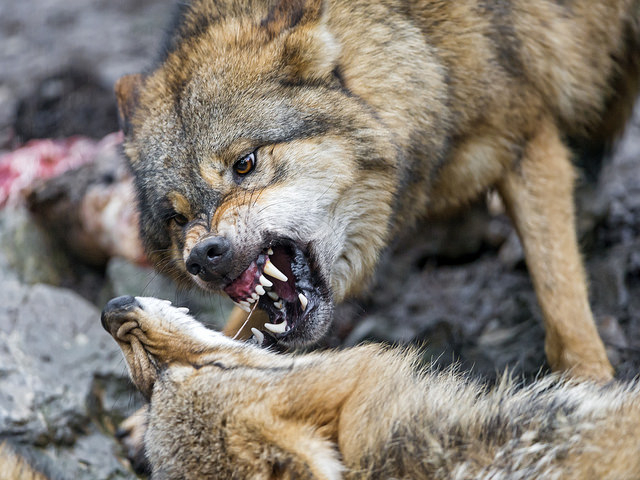
Photo: https://humanewatch.org/ 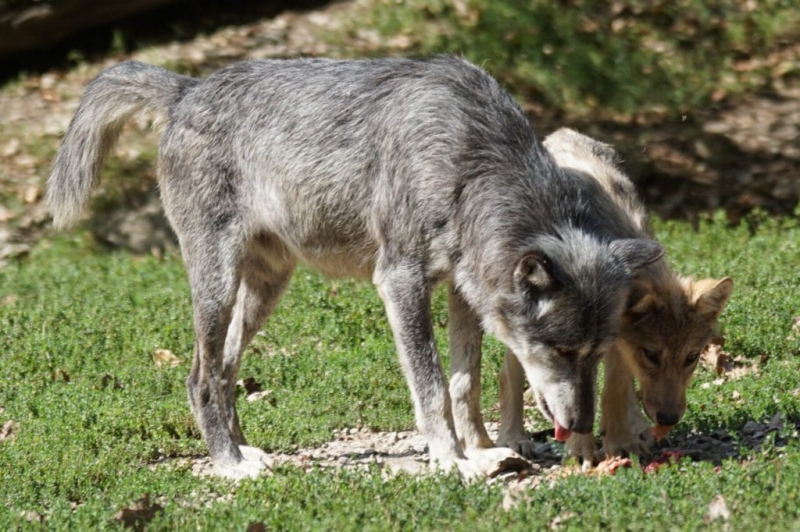
Photo: https://faunafacts.com/ -
Now, many people might find this one shocking. Given their enormous size, inherent hunting prowess, and extremely keen claws and teeth, it is more than obvious that the bear could easily kill and swallow a groundhog.
Although bears do enjoy fish, most people would assume that they would chase something larger. Despite all of that, bear attacks on groundhogs may be incredibly severe and occasionally just plain distressing to witness. A groundhog's death can be among the most horrifying due to a bear attack.
Bears are known to stalk their prey, making it difficult for an animal like the groundhog to flee from such a strong predator if it is unaware of the impending attack. In contrast to the others stated, he will find it much more difficult to remain undetected.
The bear will leap in and clamp down on the groundhog's neck like a firm vice grasp if he can follow the groundhog to a weak point undetected. It can also hit an animal and possibly shatter its back with its large, strong paws. On occasion, the bear will simply attack the groundhog. Sadly, the chances of a bear assault are in the bear's favor given that a groundhog is smaller than a huge bear.
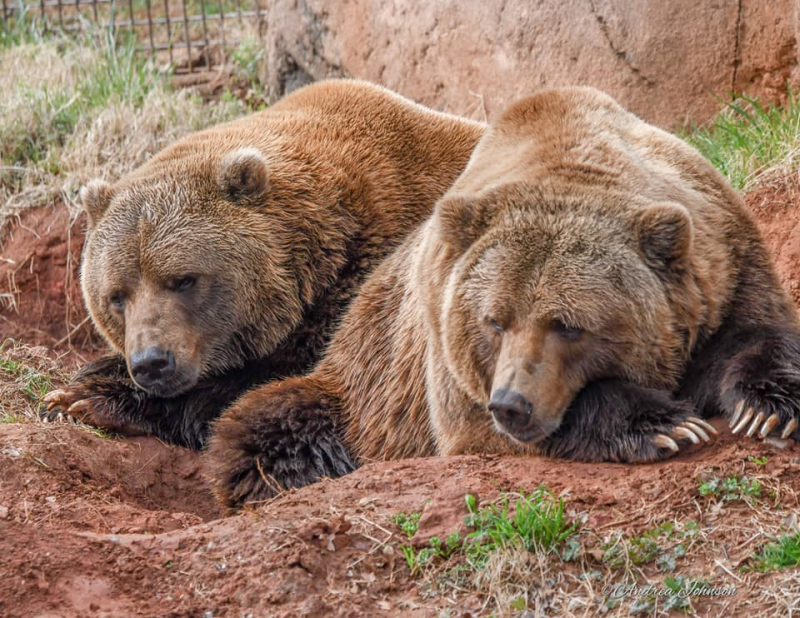
Photo: https://www.okczoo.org/ 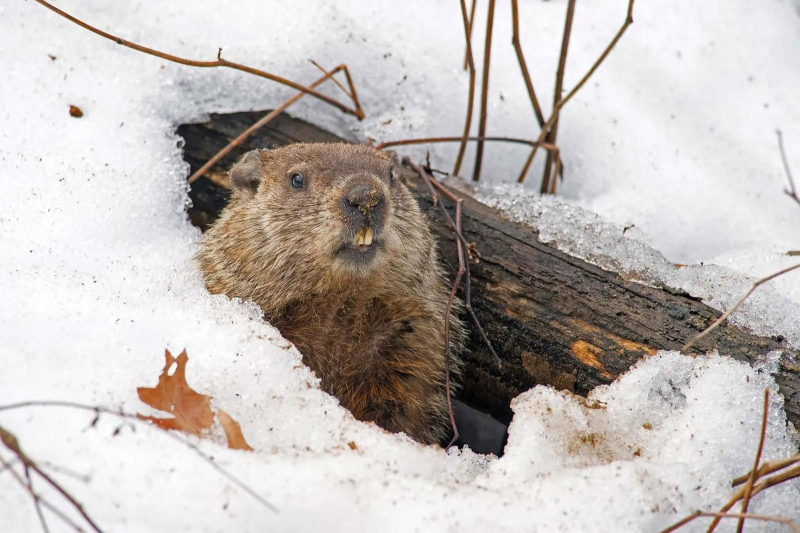
Photo: https://www.britannica.com/ -
Coyotes are among the wild predators of adult groundhogs in most of eastern North America. To catch groundhogs by surprise before the big rodents can flee to their burrows, was an effective stealth stalker. Groundhogs are the third-most important prey species in Pennsylvania, according to a statewide survey, and coyotes, in particular, are large enough to overwhelm any of them.
The coyote is one of nature's most useful killers thanks to its keen vision and sophisticated sense of smell. The coyote, which is about the size of a small dog, can travel at over 40 mph. Any animal that burrows and spends a lot of time on the ground will be at risk from coyotes.
Unless the animal is a lot larger, that is. This is not to say that coyotes won't pursue larger animals because they absolutely will. Usually, they just work in groups. Additionally, coyotes enjoy stalking their prey and waiting for the ideal opportunity to strike.
Source: https://www.youtube.com/ 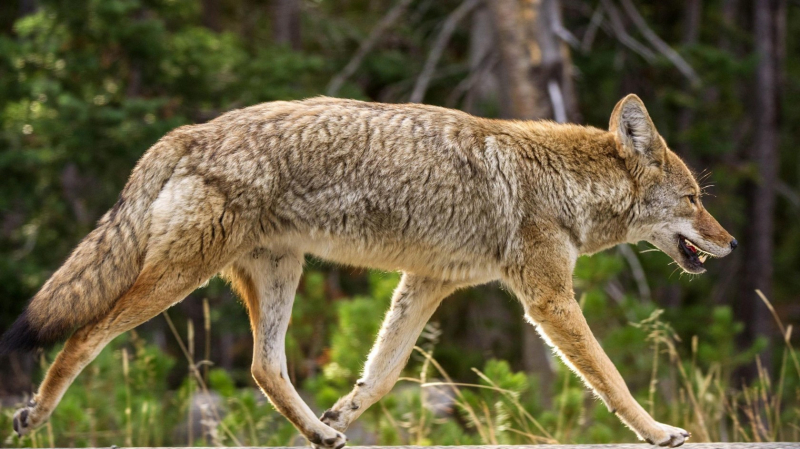
Photo: https://kylonpowell.com/ -
Groundhogs that stray into home gardens run the risk of colliding with man's best friend and dying prematurely. Larger breed dogs may be more likely to run after a stray groundhog and kill it quickly, but a groundhog may also manage a few bites of its own. Though smaller canines would not have the benefit of size to attack a groundhog, they are likely to stay their distance. Dogs are readily attacked by groundhogs with their sharp claws because they might be hazardous. Groundhogs also use their four incisors as a weapon. These teeth may induce an animal to bleed and grow up to 1.5 mm long.
Why dogs attack and kill groundhogs without provocation is a common mystery. This is a result of an inherited impulse from their forefathers. The "prey drive," which is the urge to seize any moving object, is the name given to this inclination. The movement of the target to be chased triggers the prey drive, which causes the dog to hunt its prey by pursuing it, jumping on it, seizing it, and dragging it till it dies before transporting it and eating it in a secure.
Source: https://www.youtube.com/








